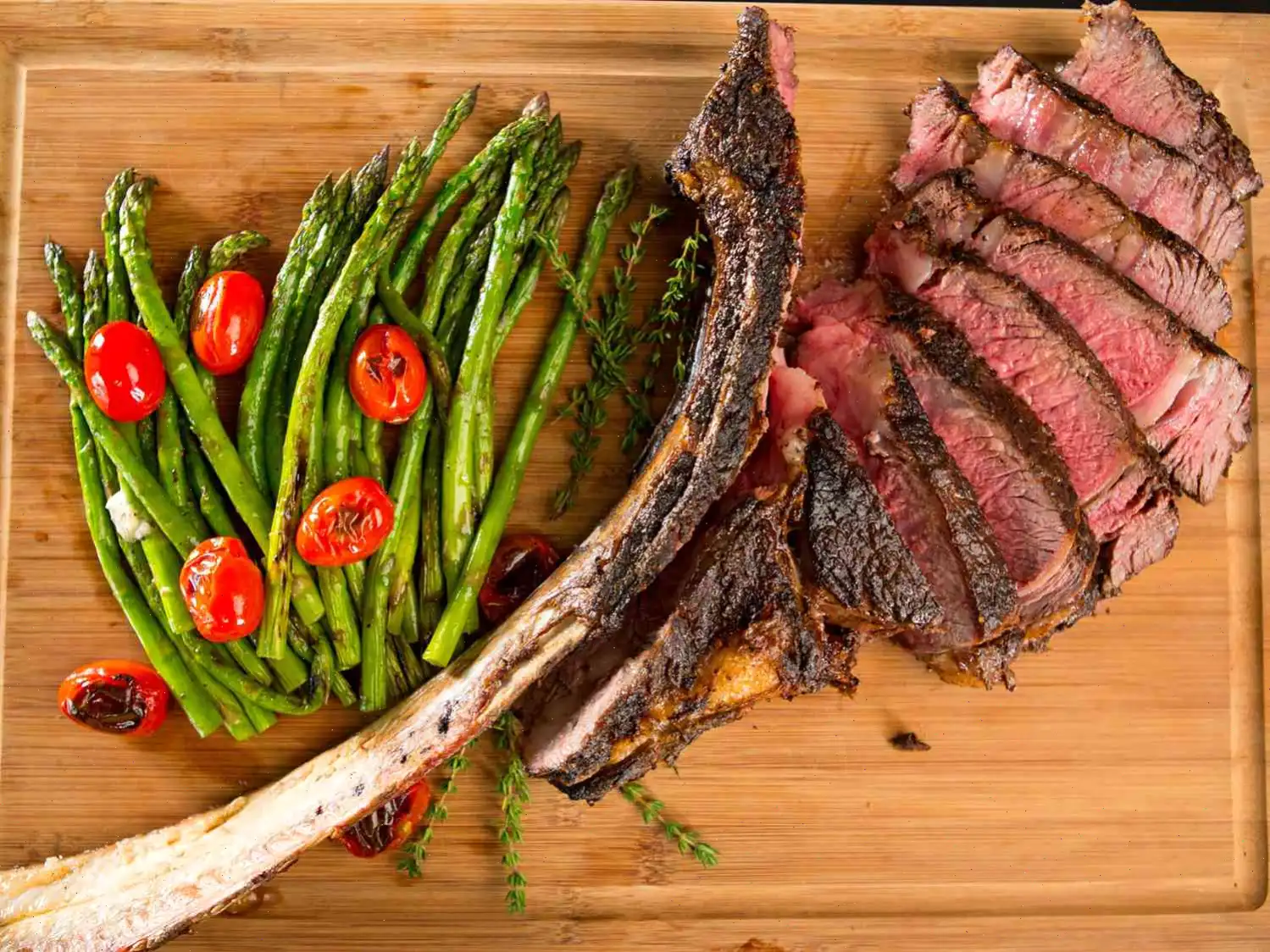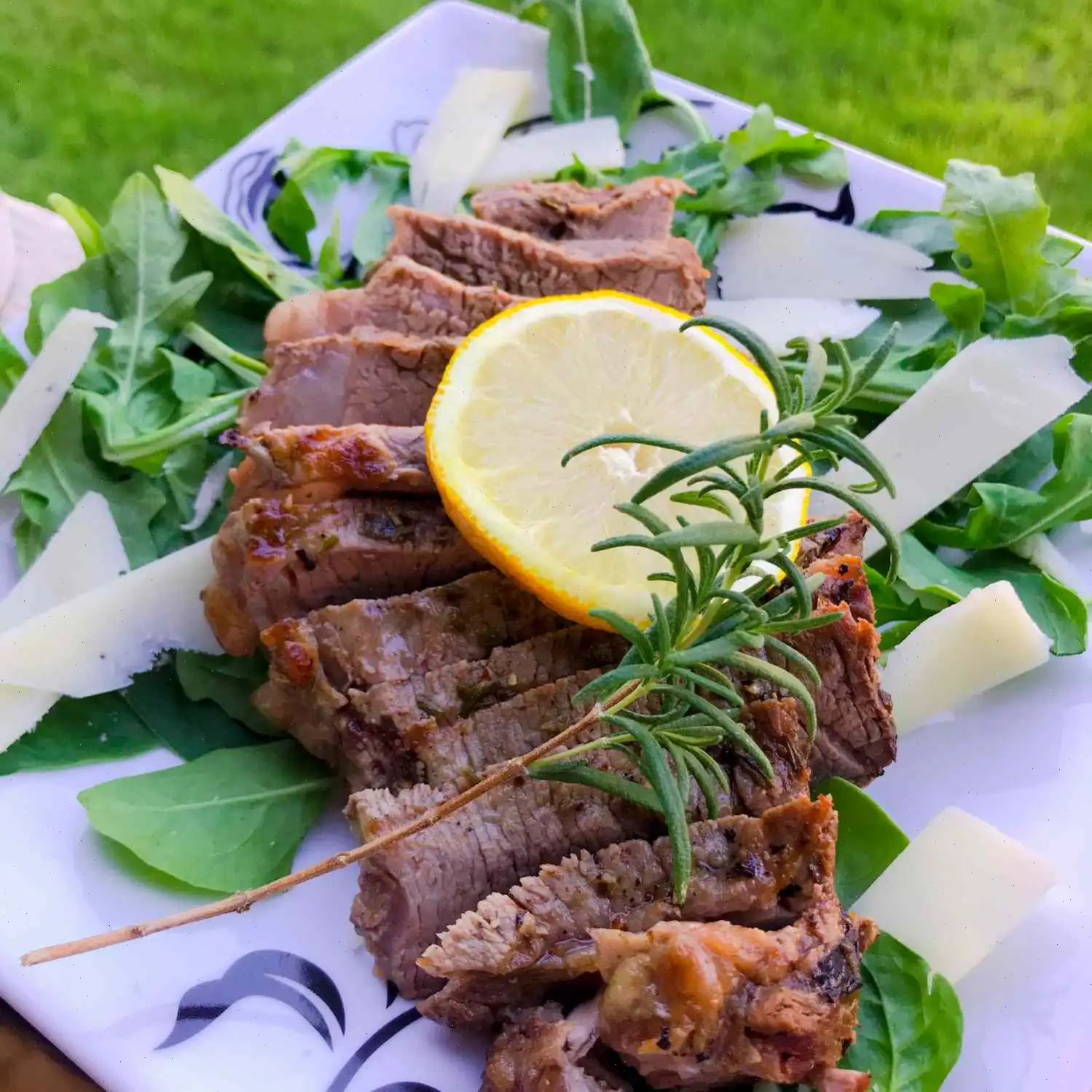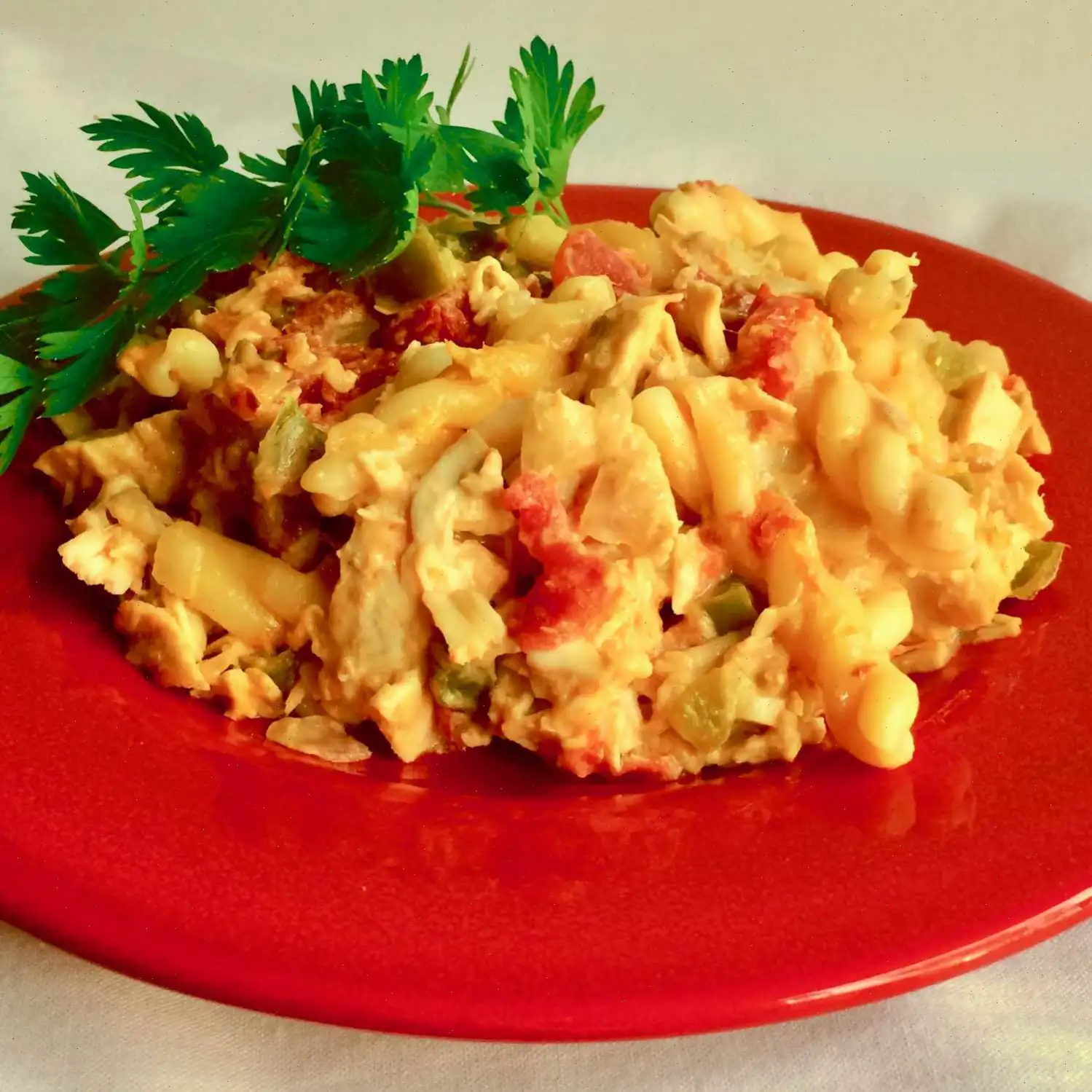
Ultimate Tomahawk Steak Recipe
Ingredients
- 3 1/2 pounds tomahawk rib eye steak
- 1 1/2 tablespoons kosher salt
- 2 1/2 teaspoons ground black pepper
Directions
- Remove the steak from the refrigerator and let it sit at room temperature for 30 minutes to an hour before cooking.
- Preheat the grill to medium-high heat, about 400 to 450F (200 to 230C).
- Evenly sprinkle the steak on all sides with kosher salt and ground black pepper.
- Lightly coat the grill grates with oil or grilling spray to prevent sticking.
- Place the steak on the hot grates and grill undisturbed until it easily releases from the grates, about 4 minutes.
- Flip the steak and grill the other side for another 4 minutes, until it releases easily from the grates.
- Continue grilling, turning occasionally, until a thermometer inserted into the thickest part of the steak reads 125F (52C), which should take about 30 to 40 minutes.
- Once the steak has reached the desired temperature, transfer it to a cutting board and let it rest for 15 minutes.
- Run a knife along the inside edge of the bone to remove the steak from the bone in one piece.
- Slice the steak against the grain and serve.
Nutrition Facts (per serving)
| Calories | 1079 |
|---|---|
| Total Fat | 76g |
| Saturated Fat | 34g |
| Cholesterol | 310mg |
| Sodium | 1646mg |
| Total Carbohydrate | 1g |
| Dietary Fiber | 0g |
| Total Sugars | 0g |
| Protein | 99g |
| Vitamin C | 0mg |
| Calcium | 54mg |
| Iron | 10mg |
| Potassium | 1125mg |
* Percent Daily Values are based on a 2,000 calorie diet. Your daily values may be higher or lower depending on your calorie needs.
** Nutrient information is not available for all ingredients. Amount is based on available nutrient data.
The Story Behind the Tomahawk Steak
The tomahawk steak, a strikingly large cut of beef, traces its roots to American culinary traditions that emphasize both flavor and presentation. Its name comes from the resemblance of the long rib bone to a Native American tomahawk axe. Historically, this cut was popular among butchers and chefs who wanted to create a dramatic visual impact at the dining table while maintaining the rich, marbled flavor of a ribeye.
Regional Characteristics
The tomahawk steak is particularly associated with the United States, especially in regions known for cattle ranching like Texas, Kansas, and Nebraska. In these areas, beef is prized for its marbling, tenderness, and intense flavor. The steak is often dry-aged for several weeks to enhance its texture and depth of taste, a method favored in upscale steakhouses across the country.
How It Differs from Similar Cuts
Unlike a standard ribeye, the tomahawk includes a long, frenched rib bone, sometimes extending up to 68 inches. This not only provides an impressive presentation but also contributes to the flavor during cooking, as the bone can influence heat distribution. Compared to a porterhouse or T-bone, the tomahawk focuses on a single, large ribeye portion rather than combining tenderloin and strip steak, making it a pure celebration of ribeye flavor.
Where Youll Typically Find It Served
Tomahawk steaks are often featured in high-end steakhouses and gourmet restaurants, where they are grilled or seared to perfection and served as a centerpiece dish. While home cooks increasingly embrace this cut for special occasions, it remains a symbol of indulgence in dining experiences where presentation and quality are paramount.
Interesting Facts About the Tomahawk Steak
- The cut usually weighs between 2.5 to 3.5 pounds, making it ideal for sharing among several people.
- Cooking a tomahawk requires careful temperature management to achieve a perfect medium-rare without overcooking the exterior.
- The dramatic bone can be used as a handle, which adds a fun and rustic element to carving and serving.
- Its popularity has surged on social media, as the visual appeal of the long bone makes it highly Instagrammable.
- Some chefs use reverse searing or sous-vide techniques to maximize tenderness and flavor, highlighting the versatility of this cut.
Overall, the tomahawk steak is more than just a meal; it is an experience. Its combination of history, regional pride, and distinctive presentation makes it a favorite for steak enthusiasts worldwide, whether in a backyard barbecue or a luxury restaurant setting.








